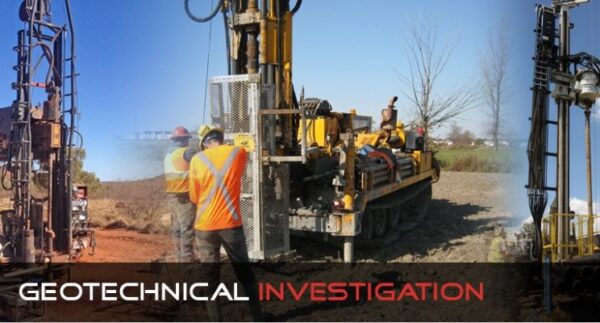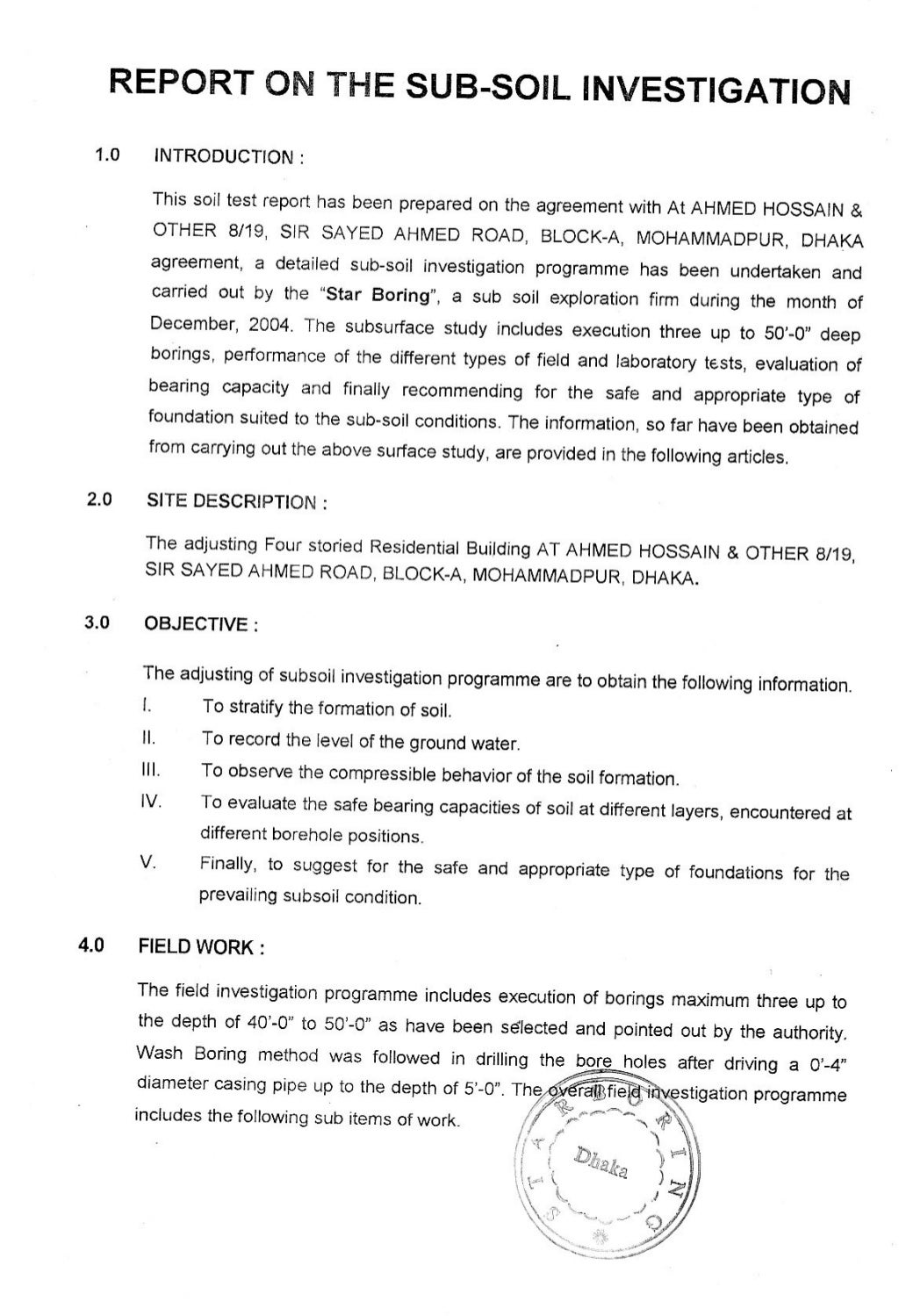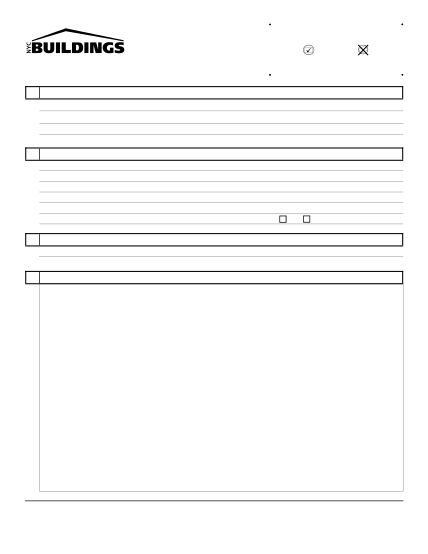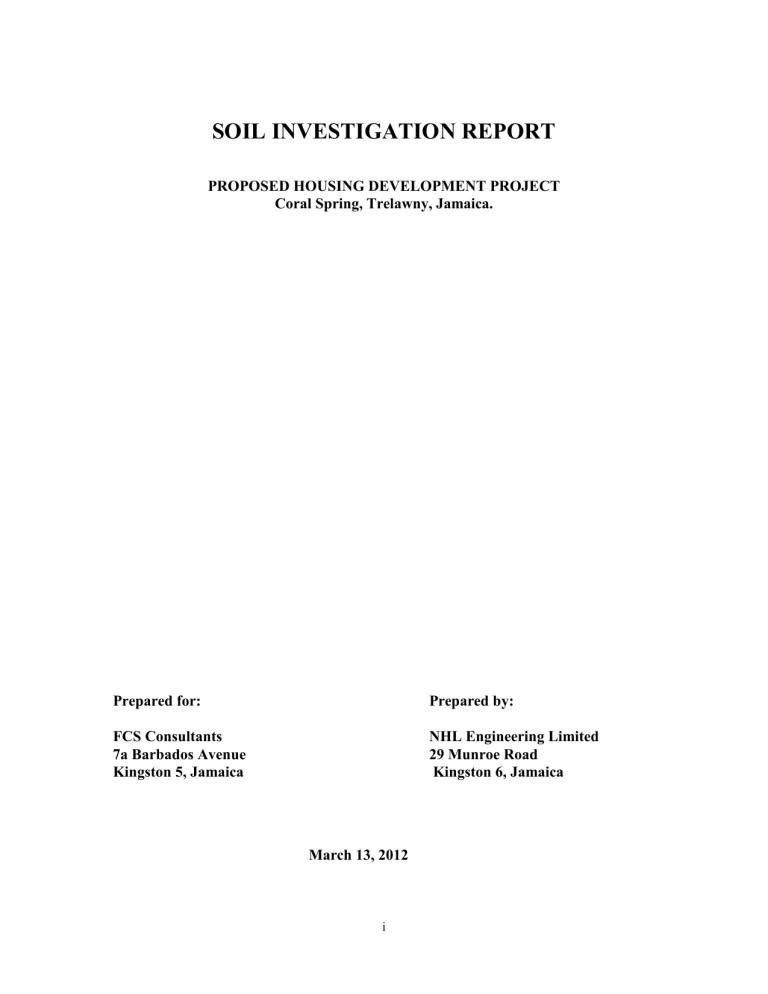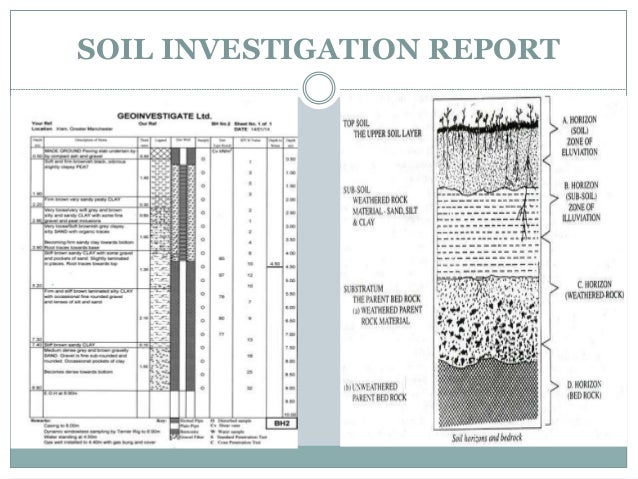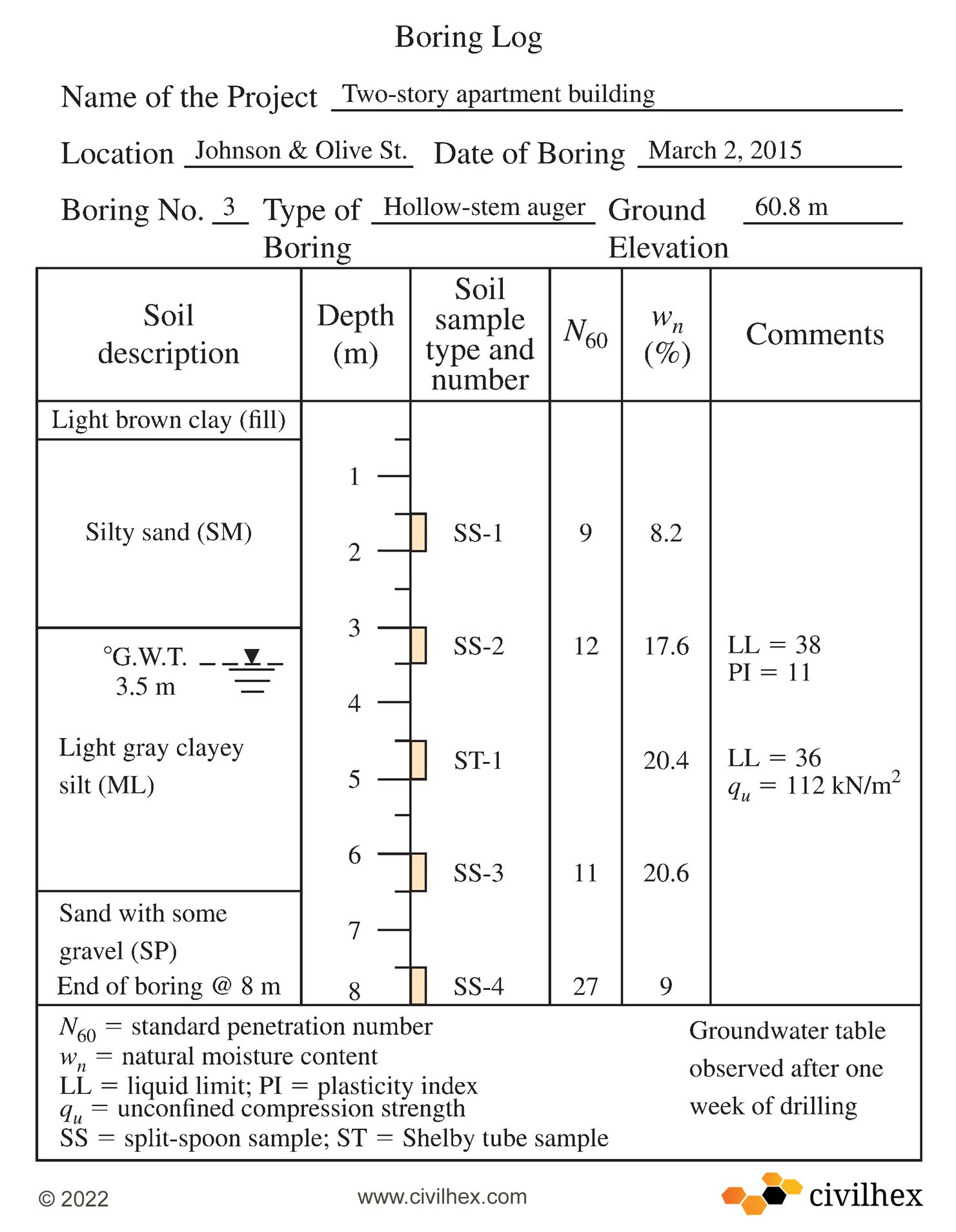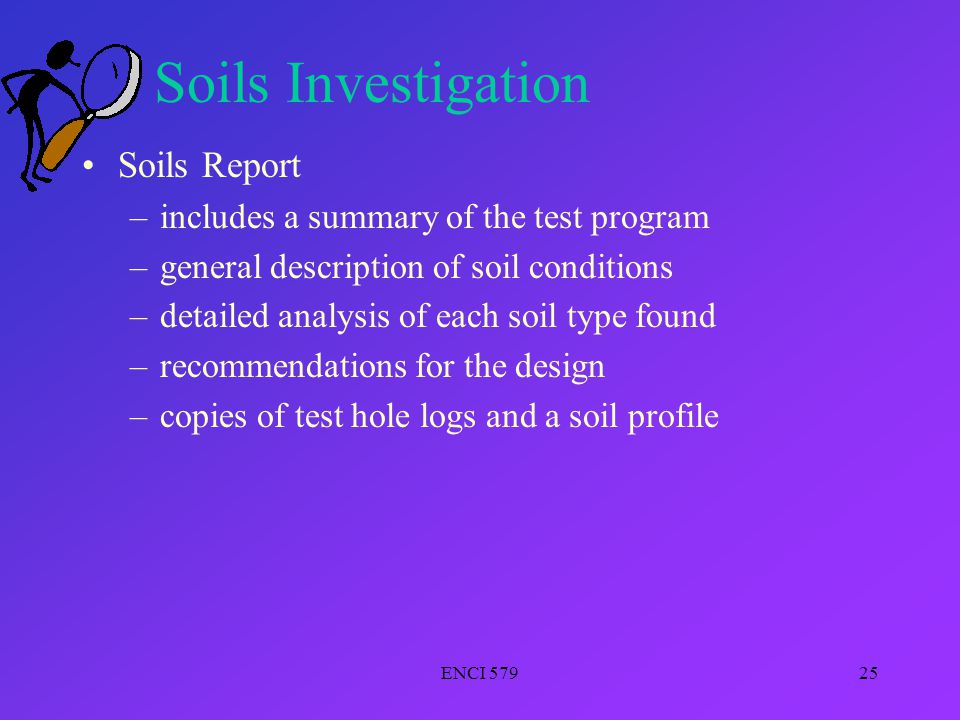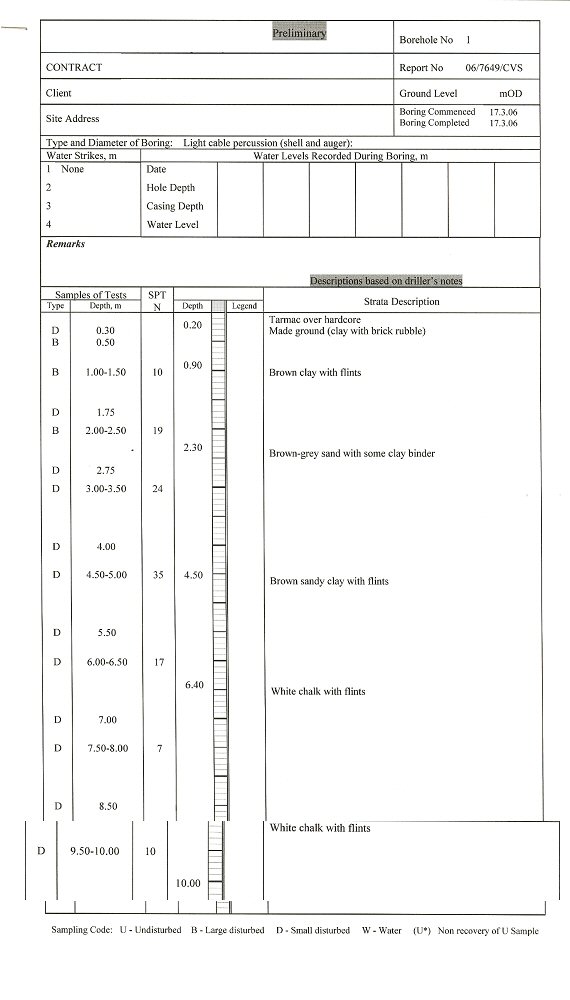Technical Report Of Soil Investigation Nyc

A comprehensive technical report detailing the findings of a soil investigation in a specific New York City development zone has recently been released, shedding light on crucial geological and environmental factors that could influence future construction projects and urban planning initiatives.
The report, commissioned by the NYC Department of City Planning and conducted by Geotech Solutions Inc., a leading geotechnical engineering firm, analyzes the composition, stability, and potential hazards associated with the soil in the designated area.
Understanding the soil conditions is paramount for ensuring the structural integrity of buildings, mitigating environmental risks, and implementing sustainable development practices.
The Report's Focus
The investigation centered on a five-block radius in the Lower East Side, a rapidly developing area known for its diverse geological history and aging infrastructure. The study aimed to provide a detailed profile of the soil's physical and chemical properties at varying depths.
Researchers collected hundreds of soil samples, conducting laboratory tests to determine parameters such as grain size distribution, moisture content, organic matter content, and levels of contaminants like lead and arsenic.
The report also assessed the soil's bearing capacity, which is crucial for determining the type and size of foundations that can be safely supported by the ground.
Key Findings
The report revealed significant variations in soil composition across the study area. In some sections, the soil consisted primarily of dense sand and gravel, offering good support for construction.
However, other areas showed the presence of softer, more compressible clay layers, which could pose challenges for building foundations and require specialized engineering solutions.
Elevated levels of heavy metals, particularly lead, were detected in several samples, likely due to past industrial activities and demolition of older buildings.
Potential Implications
These findings have significant implications for developers, engineers, and city planners. The identification of unstable soil conditions necessitates the implementation of appropriate ground improvement techniques, such as soil stabilization or deep foundations, to ensure the long-term safety and stability of new structures.
The presence of soil contaminants raises concerns about potential health risks to construction workers and future residents. Remediation efforts, such as soil removal or capping, may be required to mitigate these risks and comply with environmental regulations.
Furthermore, the report highlights the need for more comprehensive soil investigations in other parts of the city, particularly in areas with a history of industrial activity or where significant redevelopment is planned.
Expert Commentary
According to Dr. Emily Carter, a professor of geotechnical engineering at Columbia University, the report provides valuable insights into the complexities of urban soil conditions. "Understanding the subsurface environment is critical for sustainable and resilient urban development," she stated.
"This report underscores the importance of thorough site investigations and the need for engineers to consider the specific geological conditions when designing foundations and other infrastructure elements."
City Planning Commissioner Maria Torres emphasized the city's commitment to utilizing the report's findings to inform future planning decisions. "We will use this information to ensure that new development is both safe and sustainable," she said in an official statement.
Looking Ahead
The report's release marks an important step towards ensuring responsible and sustainable development in New York City. By providing detailed information about soil conditions, it empowers developers, engineers, and city planners to make informed decisions that prioritize public safety, environmental protection, and long-term resilience.
The NYC Department of Environmental Protection is currently reviewing the report to determine the appropriate course of action for addressing the identified soil contamination issues. Public meetings are planned to discuss the findings and gather community input on potential remediation strategies.
Ultimately, the findings of this technical report will contribute to a more informed and sustainable approach to urban development, helping to ensure the long-term well-being of New York City and its residents.



